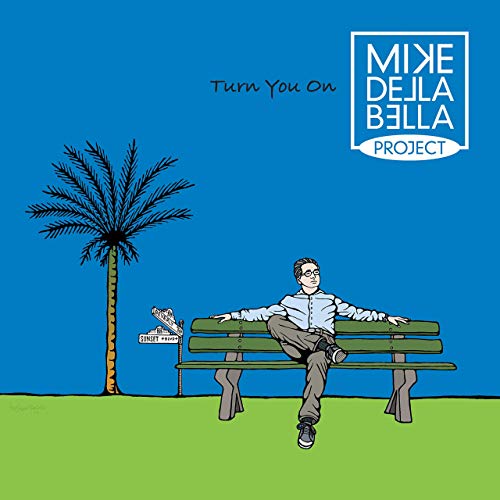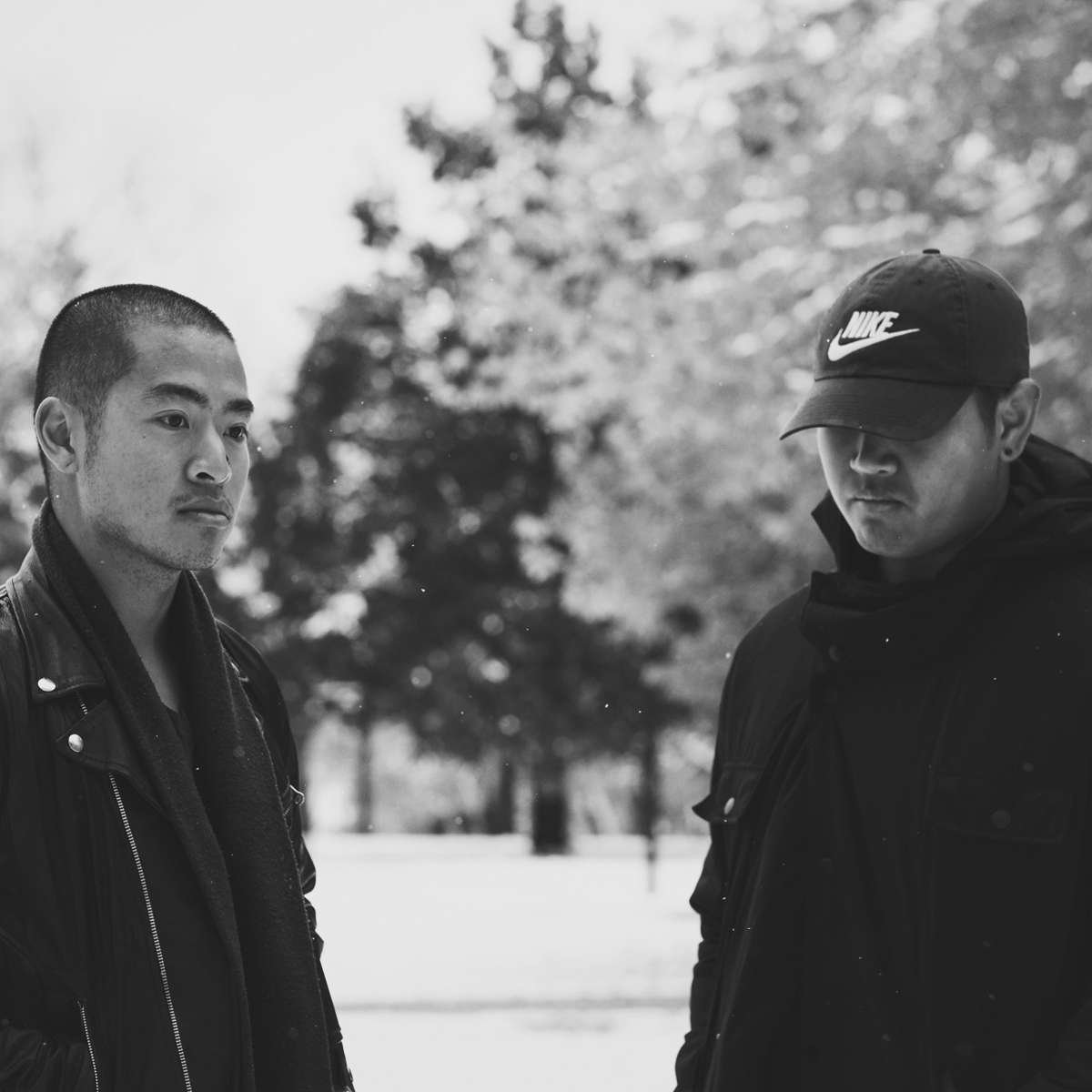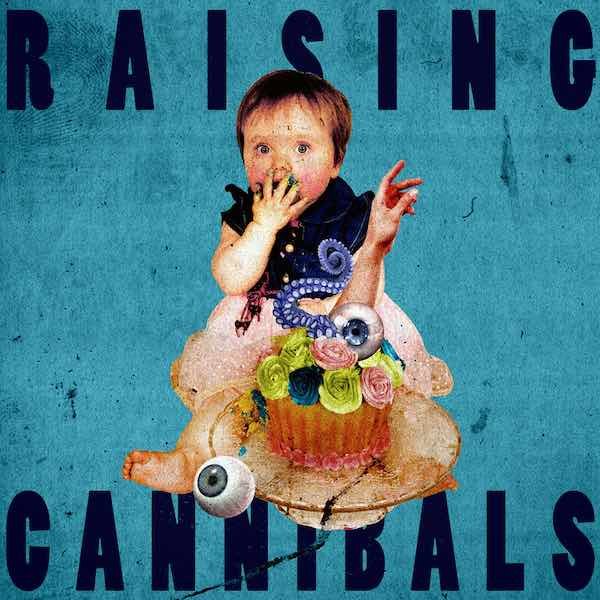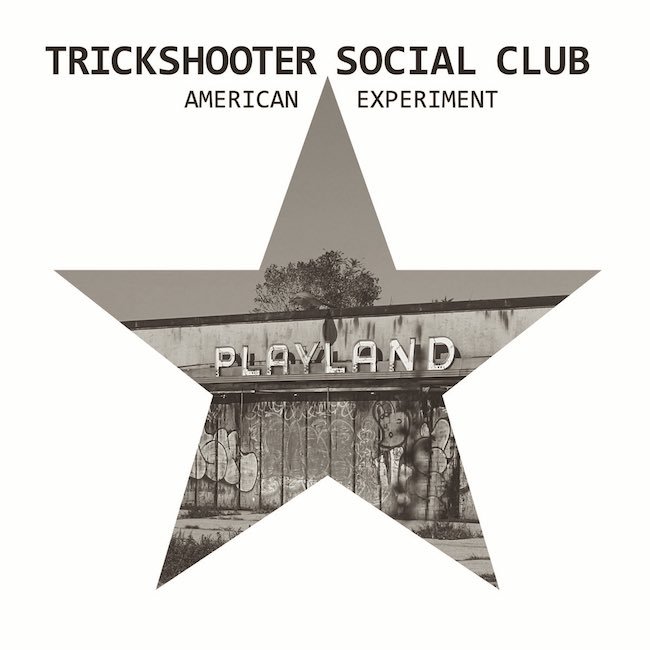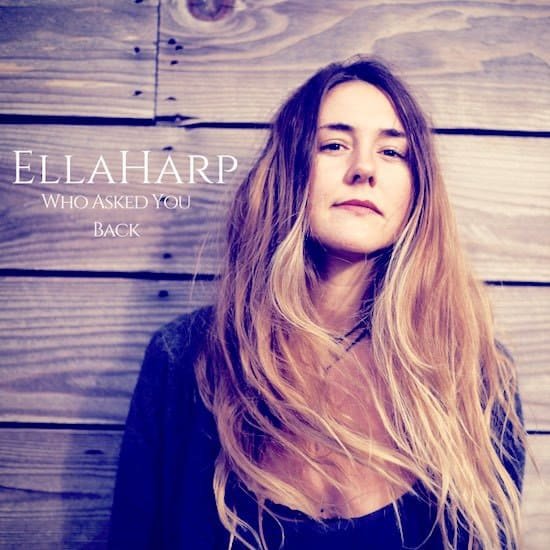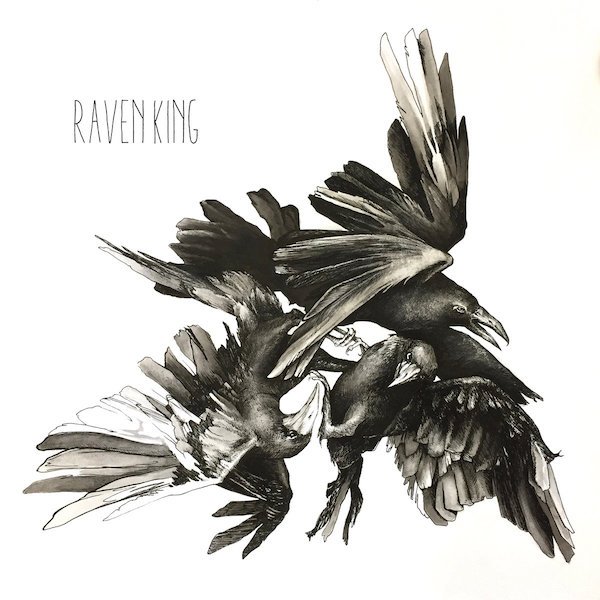The Chicago rock band CrashDive’s encompassing sound stems from classic rock bands of the late 1960′ through the 1980s. The…
Category: Album Review
Album Review: Mike Della Bella’s ‘One’
The opening track of the Mike Bella Project’s compilation album, One, is the retro-rock single, “Turn You On,” which comes…
Album Review: Seattle Musician Rusty Reid’s ‘Head to Heart’
Steeped in country music, British pop, surf rock, psychedelic rock, and many other influences, Seattle musician Rusty Reid grew up…
Album Review: Samurai Champs’ Debut, ‘Cabernet Sauvignon’
Hailing from the Canadian cities of Regina and Saskatoon, new-wave rapper Jeah and dark R&B and soul vocalist Merv xx…
Album Review: Culture Reject’s ‘Breaking With The World’
Since 2009, Toronto musician, producer, and engineer, Michael O’Connell, has been at the helm of the exciting Canadian indie outfit…
Strangejuice’s Amazing ‘Raising Cannibals’
Daring to be totally different and off-the-wall is just part of the deal for the eccentric Perth-based indie rock duo…
Album Review: The Unwoken’s ‘Some Lives Matter’
The five-song E.P. from Los Angeles band The Unwoken involves themes of time travel, dark political and cultural moments of…
Indie Rock Solo Albums You’ve Gotta Hear – Panda Bear, J. Mascis, Jeff Tweedy, Kurt Vile, Sharon Van Etten & Bob Mould
During the past few months, and including this past week, there have been a number of must-hear solo album drops…
Album Review: ‘American Experiment’ by Trickshooter Social Club
Chicago is known for many things. One of them is the long-held title of “the home of the blues.” But…
2018 Indie Albums You Should Hear with EllaHarp, Roam Like Ghosts and The Iron Sailor Project
These 2018 indie albums you should hear include exciting and original releases from artists on opposite coasts of the continential…
The Move’s Trevor Burton Drop Debut Solo LP With Covers of Neutral Milk Hotel, The Mountain Goats, Eddie Vedder, Refrigerator and Others
Back when rock and roll ruled the world of music globally, veteran London guitarist Trevor Burton was right smack in…
Raven King’s Eponymous Debut LP Covers A Range of Genres from Grunge to Acoustic Pop
From the first grungy chords and raspy vocals of the opening track, “Carnival,” from Rhode Island lo-fi alt. rock band…

